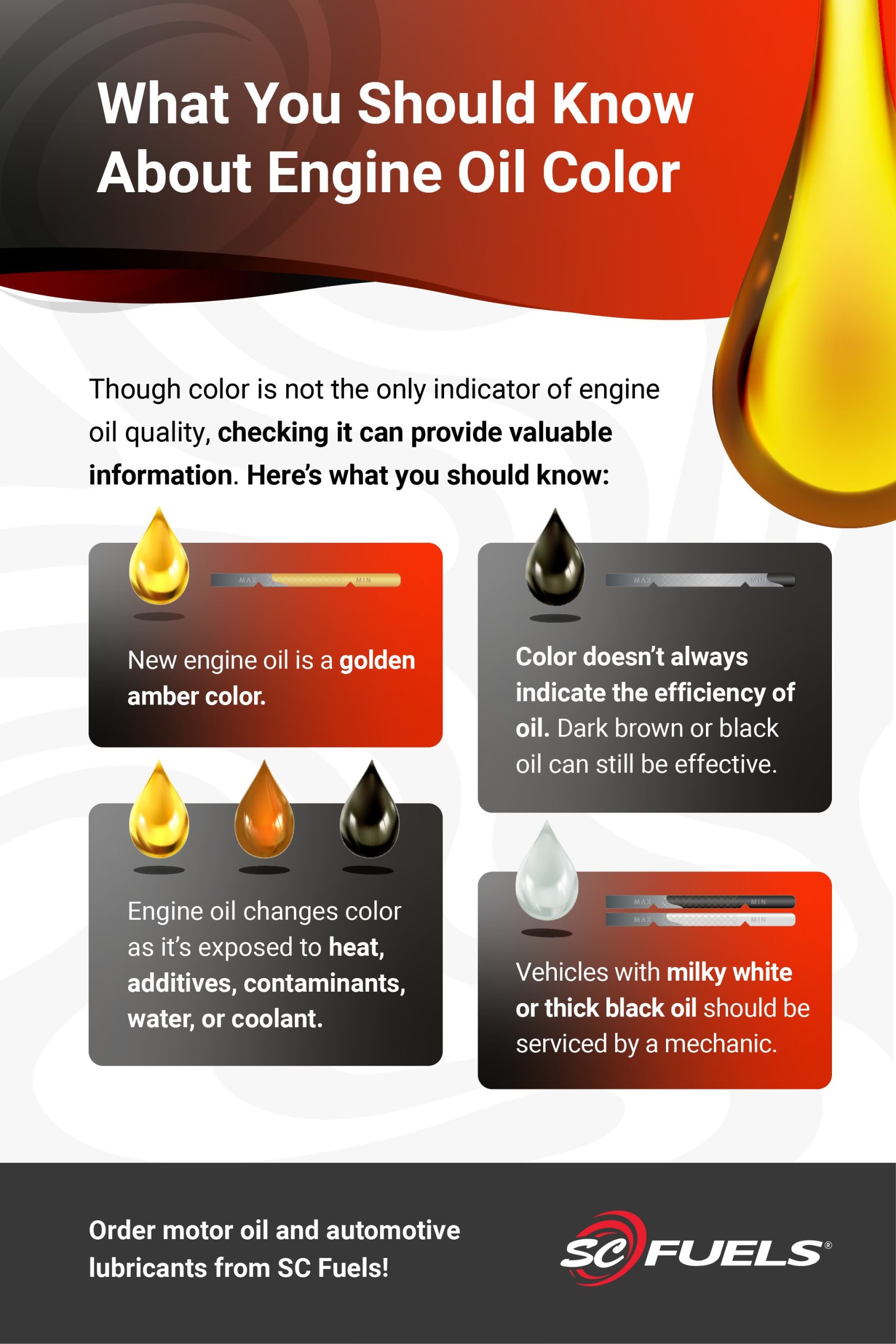The color of your car engine oil color can be a surprisingly informative indicator of your engine’s health․ While many assume that fresh oil is always golden and dark oil is always bad, the reality is far more nuanced․ Understanding the factors that influence car engine oil color, from additives to contaminants, can empower you to proactively address potential issues before they escalate into costly repairs․ This guide will delve into the spectrum of oil colors, what they signify, and how to interpret them for optimal engine maintenance․
Understanding the Spectrum of Engine Oil Colors
Engine oil isn’t just one color; it can range from a light amber to a dark black, and even exhibit shades of brown, green, or milky white․ Each hue tells a story about the oil’s condition and the engine’s internal environment․ Let’s break down the common colors and their potential meanings:
- Light Amber/Honey: This is the color of fresh, unused engine oil․ It indicates that the oil is clean and hasn’t been exposed to heat, combustion byproducts, or contaminants․
- Light Brown: As oil circulates through the engine, it naturally darkens due to heat and oxidation․ Light brown oil is generally considered normal, especially after a few thousand miles․
- Dark Brown/Black: This color suggests that the oil has been exposed to significant heat and combustion byproducts․ It may indicate that the oil is nearing the end of its service life and needs to be changed․
- Milky White/Tan: This is a serious warning sign! Milky or tan-colored oil indicates the presence of coolant in the oil, often due to a blown head gasket or cracked engine block; This requires immediate attention to prevent catastrophic engine damage․
- Green: While less common, green-tinted oil can sometimes occur due to the presence of certain additives or dyes used by some oil manufacturers․ It’s usually not a cause for concern unless accompanied by other warning signs․
Factors Influencing Engine Oil Color
Several factors contribute to the changing color of engine oil:
- Heat: High engine temperatures accelerate the oxidation process, causing the oil to darken more quickly․
- Combustion Byproducts: Blow-by gases from the combustion chamber can contaminate the oil with soot, carbon deposits, and other harmful substances․
- Additives: Detergents, dispersants, and other additives in the oil help to clean the engine and suspend contaminants, which can contribute to the oil’s darkening․
- Contaminants: Dirt, dust, and metal particles can enter the engine and contaminate the oil, affecting its color and performance․
- Oil Type: Synthetic oils tend to resist darkening better than conventional oils due to their superior thermal stability․
The Role of Additives
Engine oil additives play a crucial role in maintaining engine health․ Detergents help to clean engine components, while dispersants keep contaminants suspended in the oil to prevent sludge buildup․ These additives can contribute to the oil’s darkening as they work to remove and hold onto impurities․
FAQ: Engine Oil Color Concerns
- Q: My oil is black after only 1,000 miles․ Is this normal?
- A: It depends․ If you recently switched to a high-detergent oil, it may be cleaning out accumulated deposits, causing it to darken quickly․ However, it could also indicate excessive blow-by or other engine issues․ Monitor the oil level and condition closely․
- Q: Should I be concerned if my oil is slightly darker than usual?
- A: A slight darkening of the oil is normal as it ages․ However, if the oil is excessively dark or contains visible contaminants, it’s time for an oil change․
- Q: How often should I check my oil color?
- A: It’s a good practice to check your oil level and color at least once a month, or more frequently if you drive in harsh conditions․
Ultimately, understanding the nuances of car engine oil color can be a valuable tool in maintaining your vehicle’s longevity․ By paying attention to the color and consistency of your oil, you can identify potential problems early and take corrective action before they lead to major engine damage․

